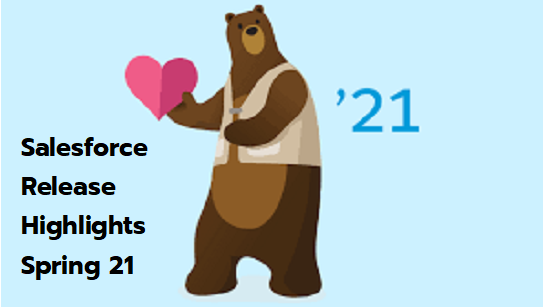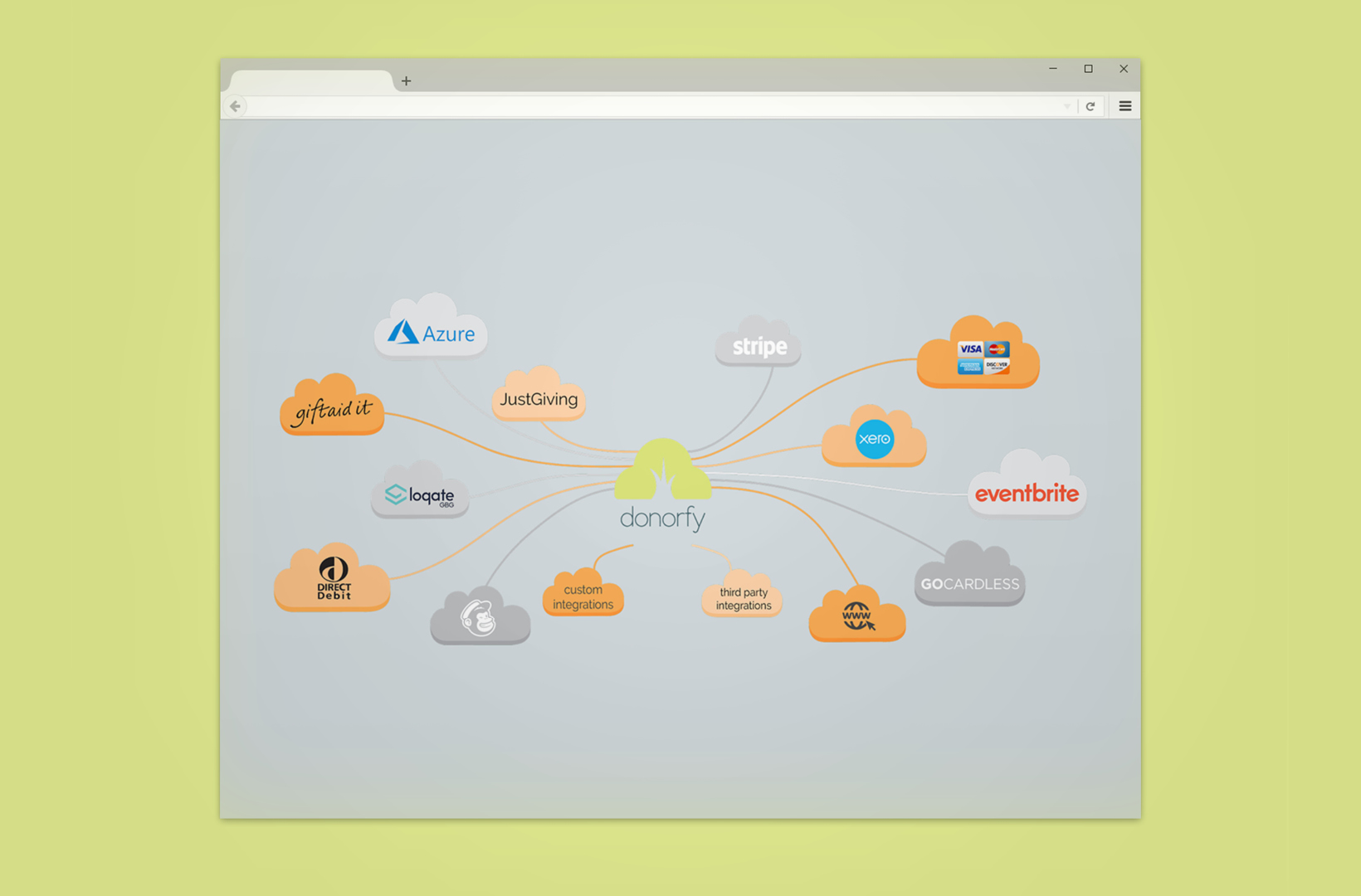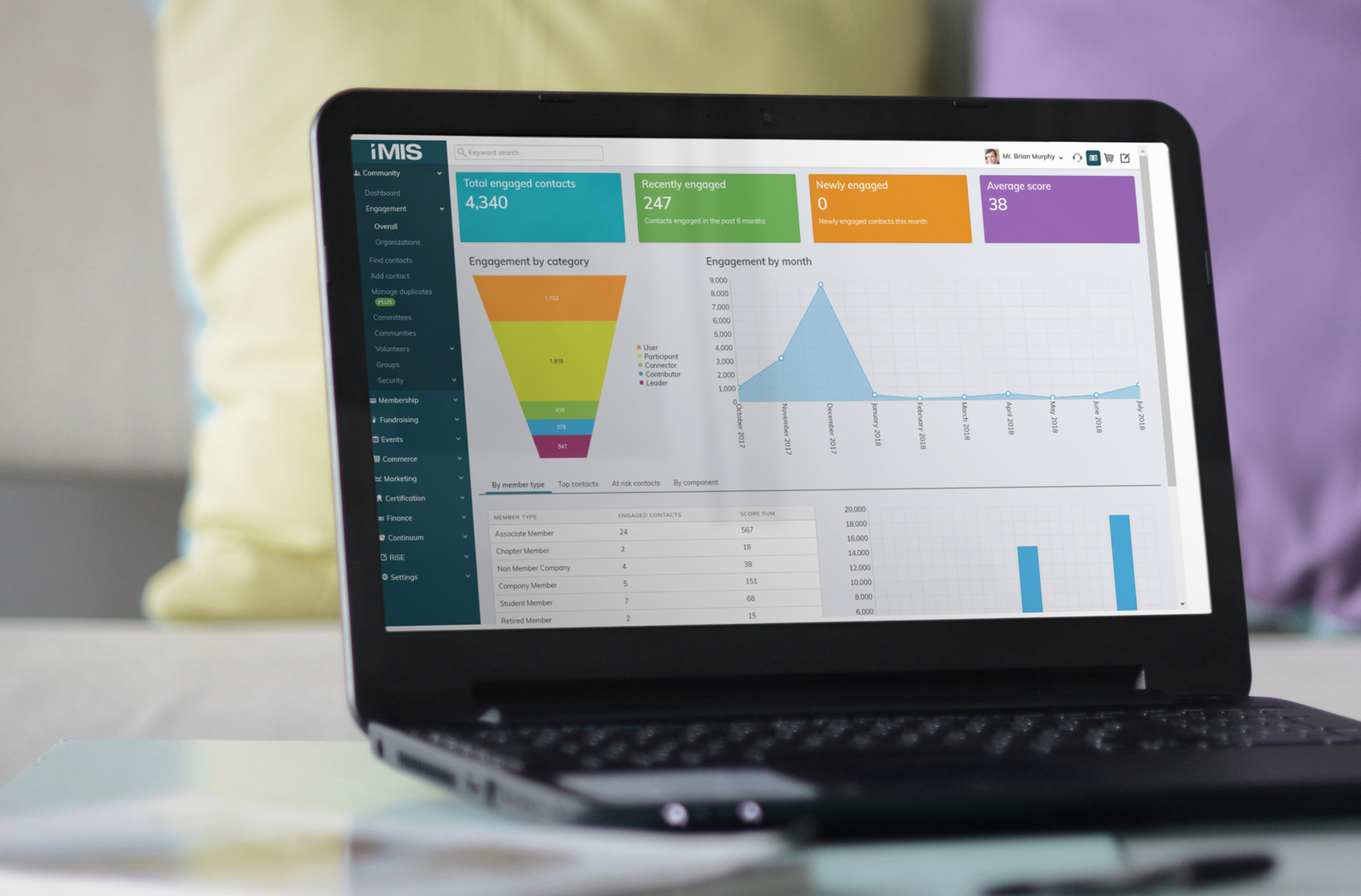
Until fairly recently, you had two choices if you wanted a new system to manage your organisation’s supporters or members:
- Buy a specialist system from one of the established suppliers such as Blackbaud, Access Group, Advanced, etc
- Do it yourself. If you were a small charity, you used spreadsheets, or you got a friend of one of the trustees to setup an Access database. If you were a big charity, you spent a significant amount of money getting a team of developers to build you a bespoke system.
But now the world has changed. Two big things have happened:
- The cloud.
- The rise of the platforms. By platforms, I mean systems like Salesforce and MS Dynamics.
Why use the cloud for CRM for NFPs?
The cloud has changed everything. Your users expect to be able to do their jobs from anywhere, on pretty much any device. They want best of breed tools and they want everything now. No-one wants piles of expensive hardware clogging up their expensive office space, managed by expensive IT staff.
The platforms are also changing the way people think about software. Why are they called platforms? Because they provide a base on which you can build a system exactly how you want it. They are so configurable compared to the old legacy systems. Gone are the days of waiting months or years for your supplier to release a new feature. Now you can add it yourself in a fraction of the time. Adding a new field takes a few minutes. Building completely new functionality to support your business processes takes a few hours.
Why change your CRM system?
Ok, but why should you care? You’ve got a system which is doing the job and changing systems is painful.
Many organisations have already moved to new cloud systems, but I believe a significant number of the others will be replacing their existing system in the next 3 to 5 years.
Why must they change? Because, in my opinion, some of the older systems are dying. They weren’t written for the cloud and the suppliers can’t or won’t update them. They’re just clinging onto their dwindling user base for as long as possible.
Next steps for choosing your CRM software
So, what to do.
You still have the choice of buying a product. There are some suppliers who are developing new cloud friendly products, for example – Blackbaud NXT, iMIS, Donorfy & ThankQ. Some are billed as upgrades, but they are really complete rewrites. Others are brand new systems, built from the bottom up.
But instead of the bespoke option, where you started with a blank sheet of paper, you can now take one of the commercial CRM platforms and tailor it to your needs.
The product suppliers will tell you that upgrading will be easy. In reality, you’ll be implementing a whole new system, so you might as well have a look at the market and consider all the options available to you.
So, what are the pros and cons of each option?
What are the benefits of a CRM product solution?
The most obvious benefit of product solutions is that they’re written specifically to do the job you want to do, by people who understand the sector. They do Gift Aid, standing orders, direct debits, legacies out of the box.
You’ll usually be dealing with the people who wrote the software and most of the time they’re in the UK, so really get the UK market.
And because these suppliers have been doing what they do for a while, they can usually give you a pretty good idea of how long it’s going to take and how much it’s going to cost.
What are the benefits of a CRM platform solution?
The biggest benefit of the platforms is flexibility. When you ask the question, ‘Can it do such and such?’, the answer is nearly always, ‘Yes, we can make it do that’.
The ecosystems for the platforms are huge. There are 1000’s of users, all over the world, from tiny companies to the massive multinationals. The same applies to NFP organisations. Users range from charities with 1 or 2 staff to mega-charities like Great Ormond Street, Greenpeace and YHA.
The platforms all have online marketplaces, with lots of add-ons, allowing you to quickly extend your system.
And there are also lots of people who can help you, online communities, contractors, consultancies like us, official Partners, right up to the massive consultancies, like IBM, Deloitte and Capita.
However, one of the biggest things you need to consider when deciding which way to go is what your overall objective is.
If you’re a CEO, Head of Finance or Head of IT, are you looking for ‘one system to rule them all’?
Imagine you’re a complex national charity. Would you like one system that can manage fundraising, membership, volunteering, service delivery, HR and your helpline all with one consistent user interface?
Possibly. However, if you’re head of fundraising and just want to meet your fundraising targets, then probably not.
What are the challenges of CRM products?
As I mentioned, some of the big-name products really feel like they’re winding down and are no longer a priority to their owners. For example, one of the biggest players was very late delivering everything they promised their users for GDPR. Others breathed a big sigh of relief when the new Strong Customer Authentication requirements for card payments were delayed.
Many products have a relatively small number of users. This can make it difficult to find staff who know how to use it or manage it.
Integration can be difficult. This comes back to my point about the cloud. When a lot of these products were written integration wasn’t something people thought about.
The products are usually niche solutions. They do what they do really well, but if you want something else, like service delivery for example, they can struggle to do it. This means they’ll always be regarded as belonging to the fundraising or membership departments.
Finally, because most of the suppliers are fairly small, or their NFP division is only a small part of a much larger organisation, one big customer or project can easily dominate them. This used to happen all the time when I worked for one of the major suppliers and I know it wasn’t unique to us.
What are the challenges of CRM platforms?
For the platforms, the biggest challenge is that they were not designed with charities and membership organisations in mind.
Out of the box, Salesforce & Dynamics have no NFP functionality. You could probably use them to manage High Value Donors or Trust & Foundations, but not much else.
Because of this, the terminology in these systems uses generic terms, like opportunity, lead, account, rather than supporter, member, ask, etc. Not a big deal, but it can make it feel a bit uncomfortable.
Salesforce do have the Non-profit Success Pack, which adds some NFP functionality, but it still doesn’t do some of the basics, like Gift Aid or Direct Debits.
There can also be issues with large volumes of transactions. These systems are used by some of the largest companies in the world, but they’re not really designed to do what a lot of NFP organisations do, that is take lots of small payments from lots of people on a recurring basis. It can be done, but it takes some planning and thought.
CRM Platform Add-ons and Costs
As I mentioned there are lots of add-ons available and you’ll almost certainly need to use some of them. Some are very good, and there are lots of choices, but you’ll be adding the number of parties involved.
This leads on to the issue of cost. Most add-ons worth having charge a fee, usually a monthly subscription. You’ve also got the uncertainly about how much time and effort it’s going to take to make your shiny new CRM do what you need it to do.
CRM Platform staff and training
When it comes to staff, with the platforms, you’ve got the opposite problem to the products. Lots of organisations use these platforms, so there are lots of skilled people out there, but most of them are in the commercial sector and they can pay premium rates. Getting good people you can afford is hard, so you’ll probably have to train people up. Then you’ve got to try to keep them when they know they can earn 20% more just down the road.
What are the risks of CRM platform projects?
This is my subjective view, but it feels to me that there is currently a higher risk of project failure with the platforms. Every time I’ve sat through a case study presentation recently, it always seems to start with ‘we started with partner X, but it didn’t work, so we switched to partner Y and now we’re fine’. From the other perspective, every partner claims to be an expert in project rescue.
Whilst the partners must take some of the blame, and a few have paid the ultimate price, I think the biggest issue is that people approach a platform project the same way they used to approach a product implementation and that just doesn’t work.
It takes a lot of discipline to manage what is effectively a development project. Scope creep is endemic, lack of control and visibility can mean your budget will disappear before your eyes. If you’re not careful, you’ll find yourselves 6 months into a project with very little to show for it.
Organisations need to learn a whole new way of working, coming to grips with a whole new set of concepts like minimum viable product, project owners, sprints and backlogs. The days of leaving the implementation to a couple of staff seconded to the project, whilst still trying to do their days jobs are long gone.
What is the best CRM solution?
One of the things you need to do is take a good look at your own organisation before you even think about starting on a project to replace your system.
• Are you just looking to replace what you’ve got or are you looking to transform your organisation?
• Are you a ‘typical’ fundraising or membership org or something a bit different?
• Do you just do the standard fundraising approaches – high value donors, trusts & foundations, individual giving, legacies, runs & challenges?
• Are your membership schemes the typical offering with individual, joint & family rates? Or are you truly doing something different?
• Are you a small organisation with limited time and resources or are you big enough to invest the effort required for a complex, multi-phase project?
• Have you just managed to claw a few grand out of the trustees or have you persuaded them of your vision for a 5 year project to bring your organisation into the 21st century?
You don’t need to be a mega-charity working with a big 4 consultancy, but you do need to be able to support a team dedicated to the project and, most likely, afford some outside help.
• Does your organisation have the technical sophistication to make the most of a platform solution?
• Do you have tech-savvy people with the time to support your system going forward or will you be reliant on external consultants?
It’s also worth looking at the last time you did this. How did it go? What did you learn? Does it still hurt when you think about it? Is your current software really not up to it or is it your processes and internal culture that are broken?
CRM software tips and advice
You need to be honest about what you really need, what you can afford and what your organisation is capable of achieving
The platforms are great products, don’t get me wrong, but they’re not for everyone.
And you should probably decide which route you want to go before going out to tender. If you expect your staff to sit through demos from a mix of product suppliers, Salesforce partners and Dynamics partners, they’re just going to get confused. I’d suggest a small team to review the market before getting wider involvement. Events are a great way to talk to suppliers and see what’s available.
It’s hard but try to make a realistic assessment of what a new system will really cost over 3 to 5 years. Just like the mythical free lunch, there is no such thing as free software. The licence fee is likely to only be a small part of the overall cost.
For example, if you have to employ a consultant or go back to your supplier every time you need a small change or new report, any ‘savings’ on licences will soon be gone.
Never buy just on price. If you get several bids and one is much smaller than the others, there’ll be a very good reason for that and it won’t be because they can do it quicker. In reality, no supplier really expects to do it for the price they tell you. They’ll do their best (most of them anyway), but there is a reason they put a line for contingency in their proposal.
Just because ‘everyone else’ is doing it, doesn’t mean it’s the right option for you.
There is a lot of hype around, especially about Salesforce. If you’ve been to any Salesforce events, you’ll know they’re not the sort of events we’re used to on this side of the Atlantic. It’s quite hard not to get caught up in all the enthusiasm. That said, we’re now offering Salesforce services to our clients!
And finally, don’t take my word for it. Take the opportunity to speak to your peers. You’ll learn a lot more by speaking to someone who’s done it. The NFP sector is wonderfully collaborative. There is always someone willing to share their experiences with you.









